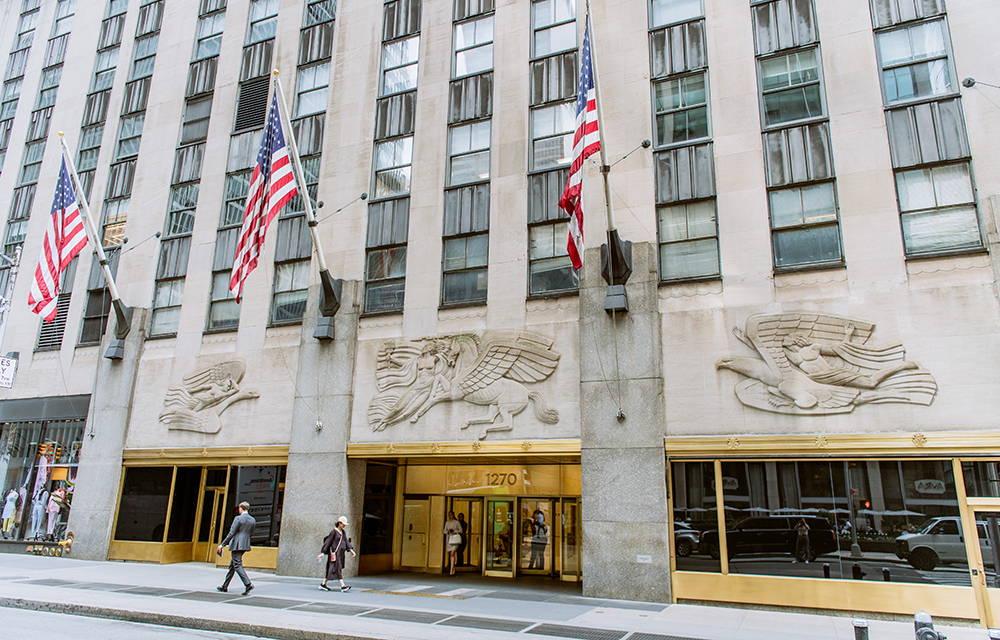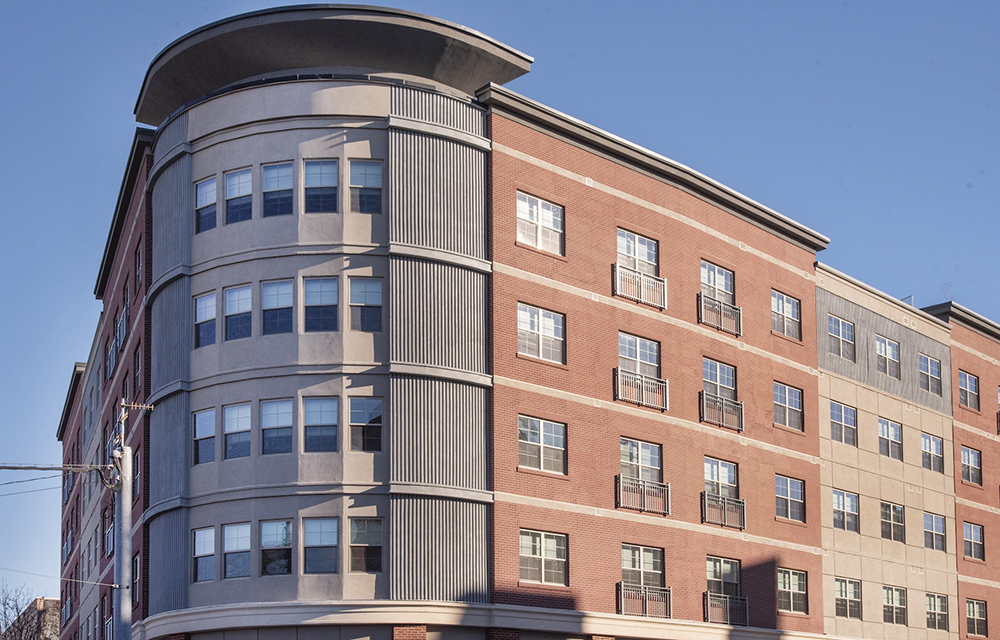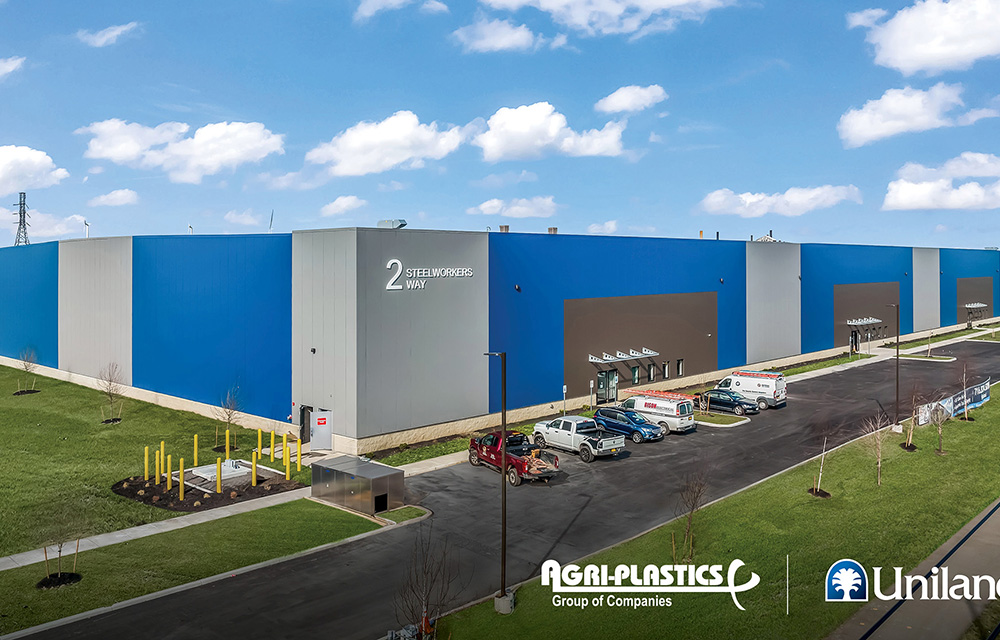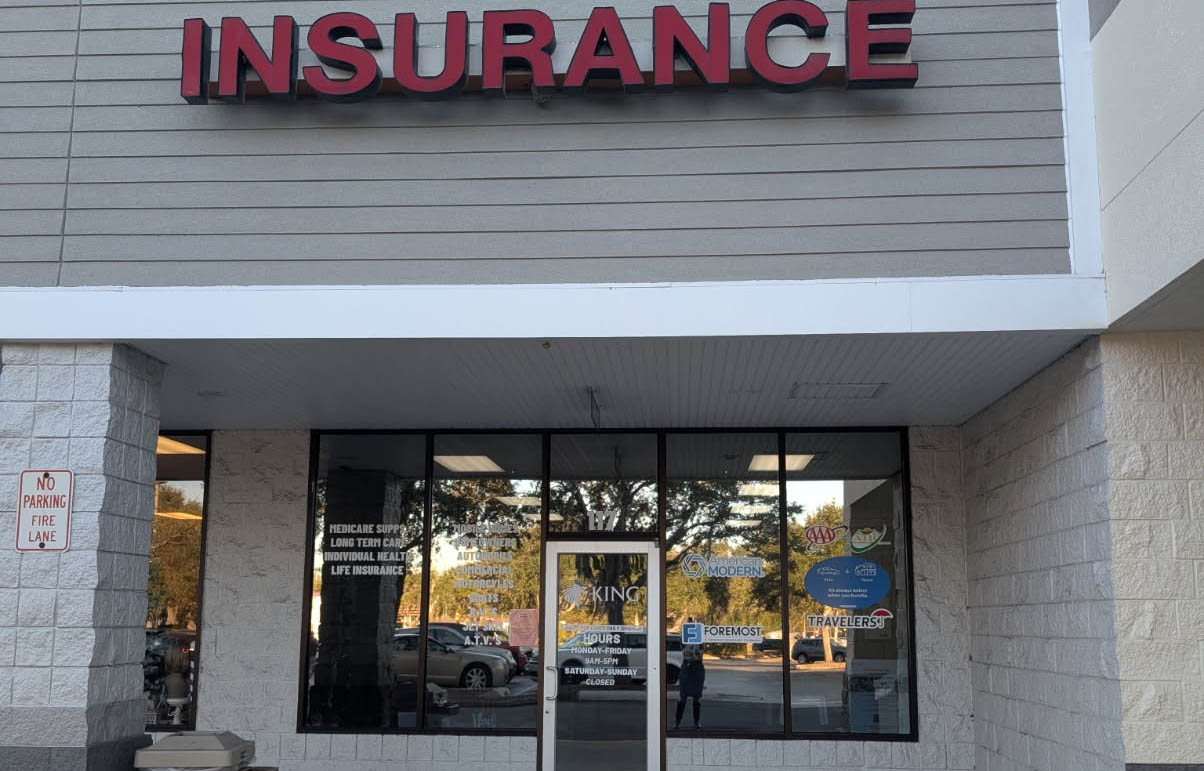Top 2021 legal developments affecting New York’s commercial real estate industry - by Thomas Kearns

My year end article last year started with: “2020 will be remembered for COVID-19 and more COVID-19.” 2021 has most definitely not been a return to normal and the pandemic continues to influence the industry but courts returned to action and legislatures continued to address the pandemic.
Here are a few items that may have lasting impact:
Moratorium on Certain Evictions and Foreclosures; Tenants Must Pay Rent
New York State’s restrictions on certain evictions and foreclosures which were initially implemented by Executive Orders in 2020 were adopted into law by statue in 2021 and later extended until January 15, 2022. The restrictions apply to residential tenants and borrowers and certain commercial tenants and borrowers with 100 or fewer employees who, in each case, have suffered a hardship due to the COVID-19 pandemic. The state has also created funding to assist residential tenants in paying rent. Notably the law does not absolve the tenant or borrower from paying the rent or mortgage payments due (but see below for a discussion of a separate city law absolving certain guarantors from obligations). In a separate appellate ruling in The Gap, Inc., v. 170 Broadway Retail Owner, LLC, New York’s Appellate Division, First Department, overturned one of the few trial court rulings in favor of a commercial tenant as to the claims that the pandemic triggered the lease’s casualty clause or otherwise entitled the tenant to rent abatements under the common law doctrines of frustration of purpose or impossibility. In short, New York appellate courts have reaffirmed longstanding law that unless there is an express lease provision granting a specific rent abatement, commercial tenants must pay rent.
New York City Law Vitiating Guarantees Questioned
While upheld by several state and federal trial courts, the Second Circuit Court of Appeals in Melendez v. City of New York raised several constitutional issues as to whether the law can be enforced. The city law forbids the enforcement of lease guarantees where certain food and non-essential retail stores were closed during the pandemic by Executive Orders. The Circuit Court sent the case back to the trial court for further consideration which was still pending at the time this column is being written.
Cash Out Mergers in LLCs
Cash out mergers are a potent weapon in the hands of the majority in interest in an LLC to merge out the minority. The majority of members can vote to merge into a new entity which the majority or others control at a price that they determine in their judgment. A 2021 appellate ruling in Farro v. Schochet upheld a cash out merger against a claim of fraud and held that the minority has one and only one remedy – an LLC law section 1002(f) judicial appraisal proceeding. For a New York LLC, unless the LLC agreement is to the contrary, the majority members can merge into a new entity and the minority members’ sole remedy is to dissent to the merger and seek the appraisal rights. The appraisal remedy does give minority members protection since they are entitled to a judicial evaluation of the fairness of the merger consideration but the appellate ruling does remove a leverage point—the parties will battle out the value in court but the merger itself will go forward without an injunction by the court.
Reactions to Condo Collapse
The summer’s collapse of the condominium in Surfside, Florida and the follow up investigative journalism revealed weaknesses in the typical condo management structure—condo board members who pushed to complete costly structural repairs were voted out and the condo documents had too tough voting requirements for big projects. Into the mix came Fannie Mae, the federal agency that provides much of the liquidity to the residential mortgage market. Fannie has toughened its requirements for loans it will buy by adding additional reviews of reserves and pending structural repairs. Also added by Fannie was a reminder to appraisers to document deferred maintenance on the building. Expect more in this area.
Zoning and Building Approvals
Several neighborhood re-zonings and individual building approvals made their way through city approval processes this year including the SoHo/NoHo and Gowanus neighborhood re-zonings, and approvals for the New York Blood Center on East 67th St. in Manhattan and the Howard Hughes Corp.’s planned building at the South Street Seaport. I won’t comment on who won or lost in these battles as the back and forth and posturing are too hard for a mere mortal to parse, but the legislative and administrative actions focus on how New York must balance keeping up with changing neighborhoods with preserving its neighborhoods and landmarks while at the same time increasing density and the supply of housing, particularly affordable housing.
Thomas Kearns is a partner with Olshan Frome Wolosky LLP’s real estate department, New York, N.Y.
Horizon Kinetics relocates new headquarters to Tishman Speyer’s Rockefeller Center


Strategic pause - by Shallini Mehra and Chirag Doshi

Behind the post: Why reels, stories, and shorts work for CRE (and how to use them) - by Kimberly Zar Bloorian

AI comes to public relations, but be cautious, experts say - by Harry Zlokower









.jpg)

.gif)